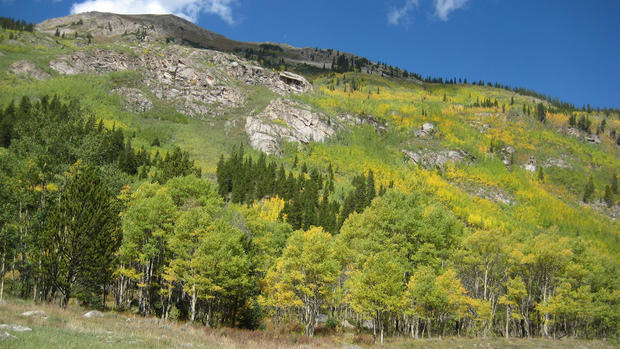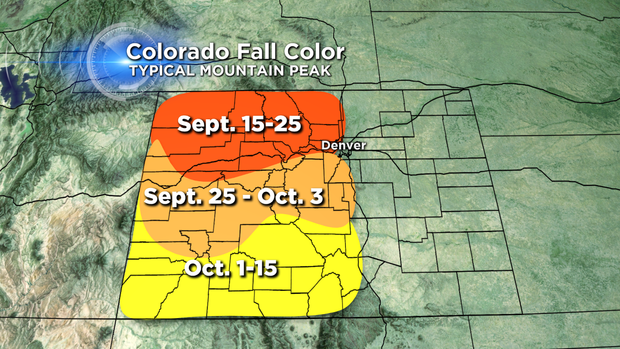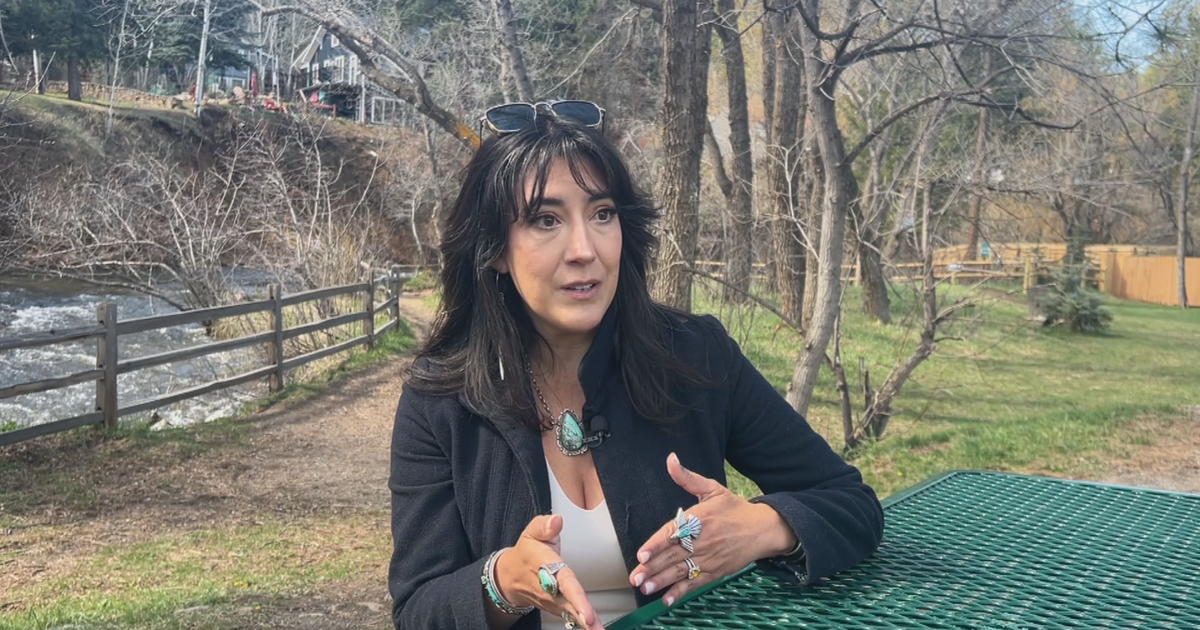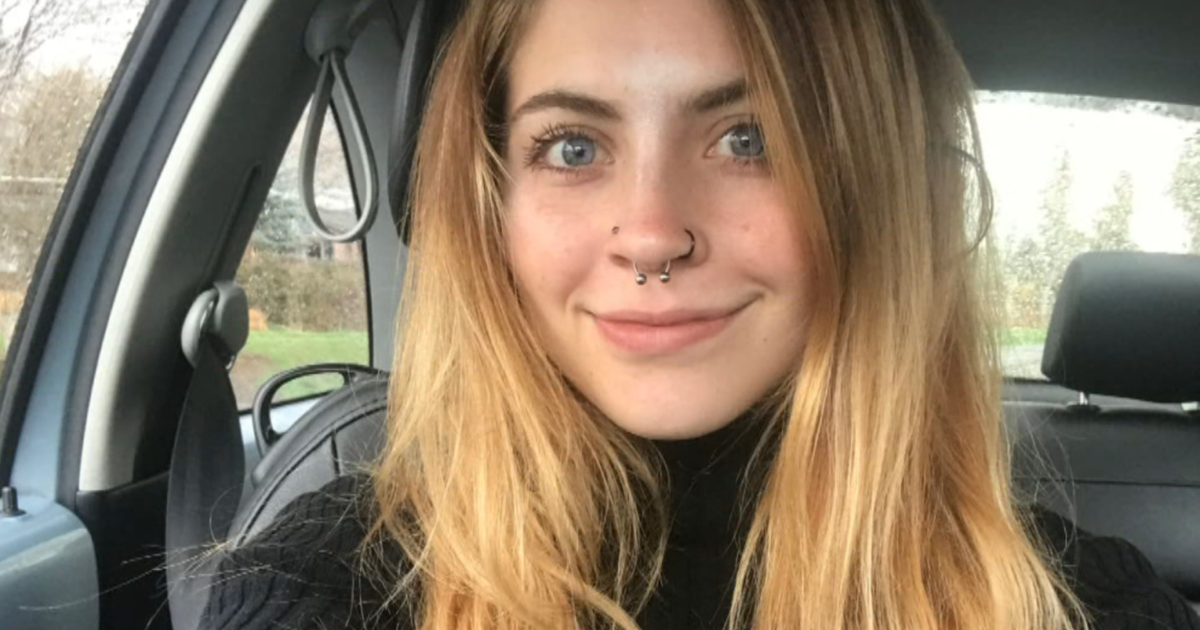The Science Behind Colorado's Fall Color Show
DENVER (CBS4) - As long summer days turn into cooler and shorter nights, the annual fall color show explodes across Colorado.
It happens as the production of chlorophyll in deciduous plants and trees slows down and stops.
Chlorophyll is what gives leaves their green color during the summer, allowing plants to makes sugars through sunlight, which they will use for food while dormant during winter.
As the production of chlorophyll tapers off, carotenoids, which produce yellow, orange and brown colors, and anthocyanins, which produce red, purple and blue colors, take over inside the leaf.
This process produces a brilliant canvas of color, especially on mountain sides, where large stands of aspen trees intermingle with other species.
The weather plays a key role in how vivid the color show will be each year.
Some of the best fall color comes when late summer features dry, sunny days and cool, dry nights, with just an occasional light rain.
This allows for a slow and steady conversion of color as the chlorophyll production gradually slows down.
Sudden and unseasonable cold snaps and storms with a lot of wind and precipitation can cause the color to not last as long or be very vivid.
RELATED: Favorite Fall Color Destinations Across Colorado
This year, there are already early signs of fall color, even across some of the lower elevations.
Recent cold and wet weather seems to have accelerated things just a bit, but the weather over the next 2 to 3 weeks will ultimately determine just how nice this year's color will be.





